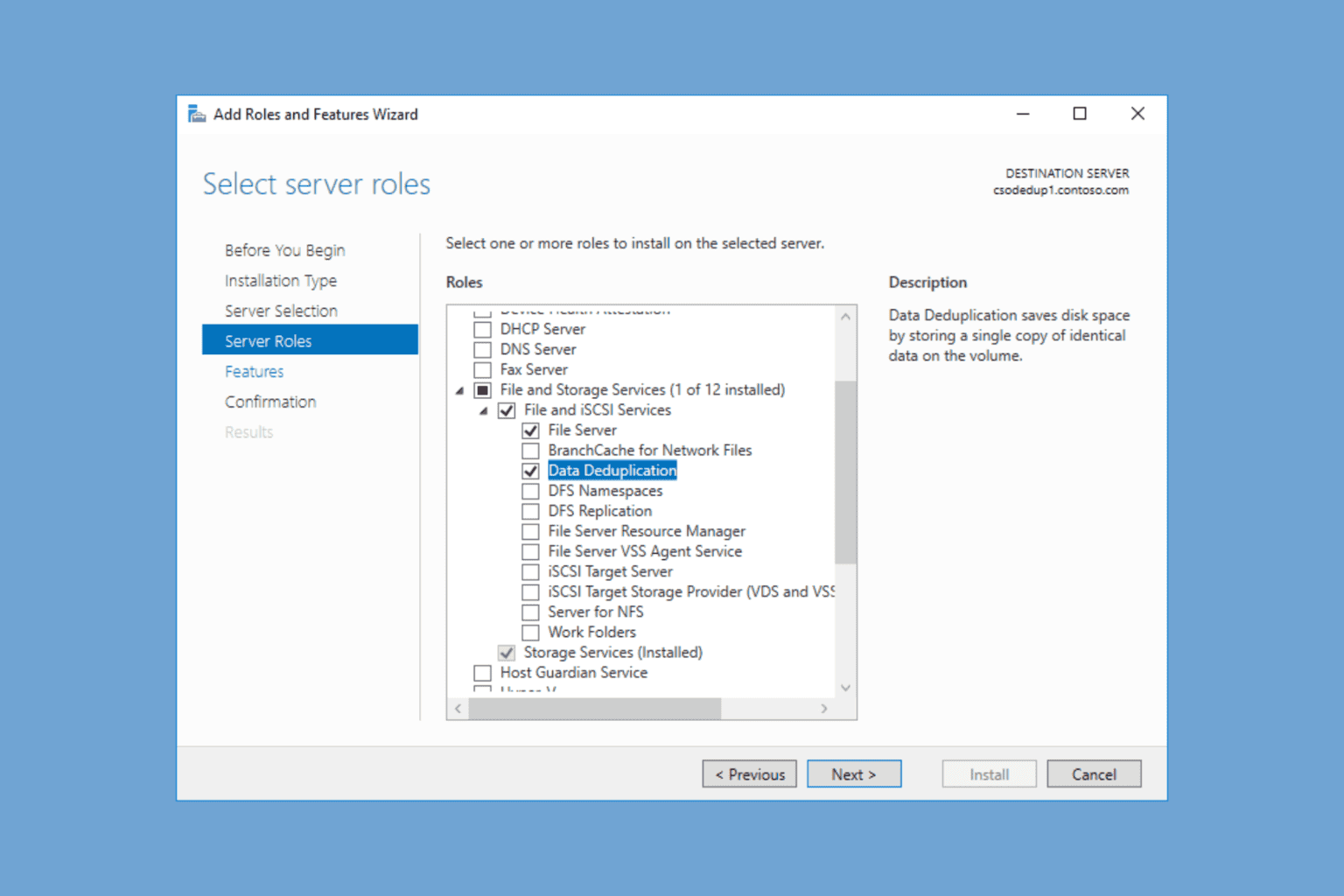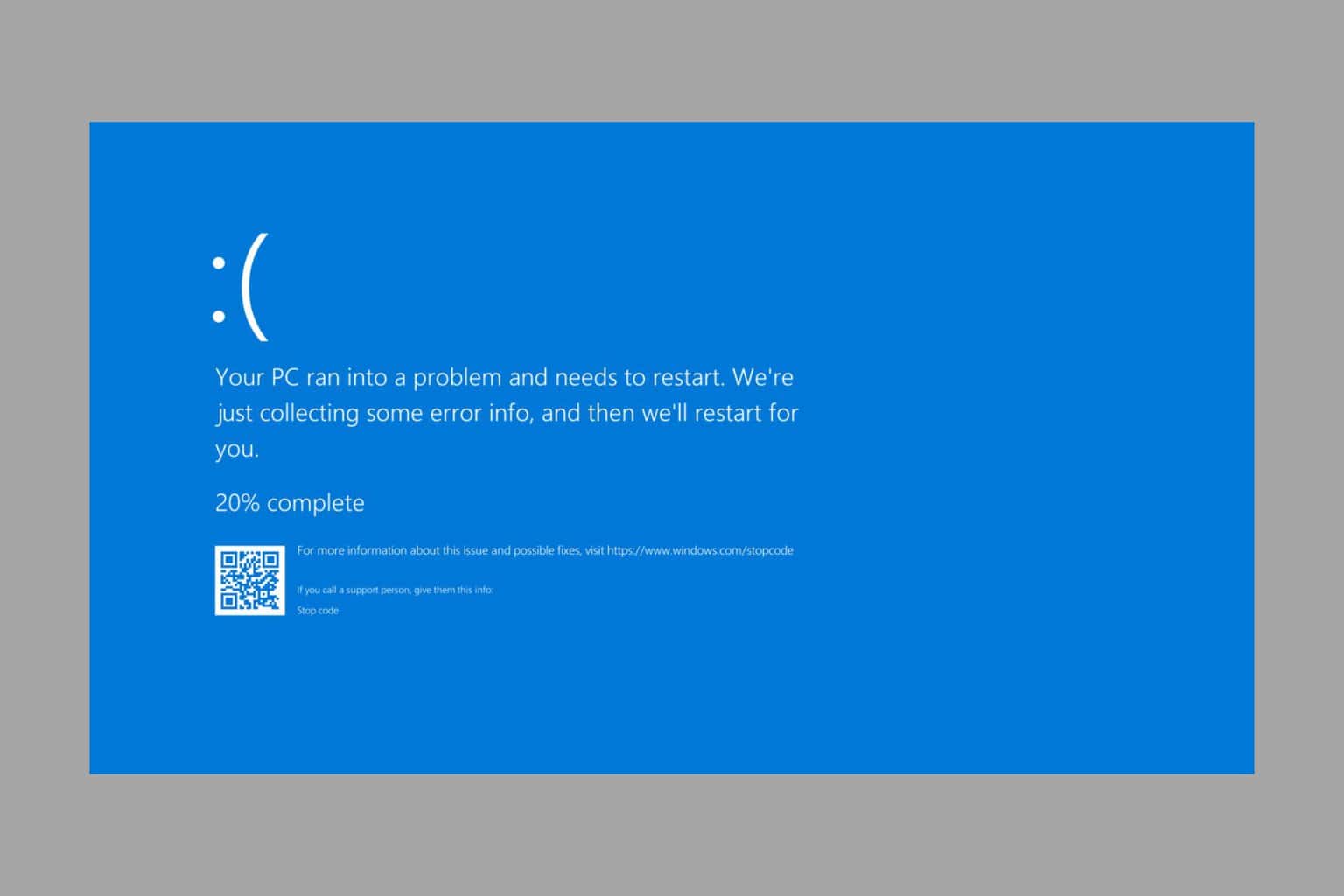My Microsoft wishlist for 2016 – can Microsoft keep up the pressure?
7 min. read
Published on
Read our disclosure page to find out how can you help Windows Report sustain the editorial team. Read more

2015 was a watershed year for Microsoft. For one, 2015 was the Year of Satya Nadella, as the newest Microsoft CEO took reinventing the company beyond mere buzzwords and actually delivered on new products, new approaches, and a new mindset for Microsoft. The contentious us-vs-them days of Steve Ballmer have been buried, and a new more collaborative, more real-world savvy Microsoft has emerged.
[pullquote align=”right” cite=”” link=”” color=”” class=”” size=””]reinventing the company beyond mere buzzwords[/pullquote]
It was, of course, the year of Windows 10, and of Windows Insiders. Instead of shutting users out of the development process, Insiders were encouraged to become a part of the process, and a number of Windows 10 decisions were made with the help of Insiders feedback. Windows 10 itself had a successful launch, taking the best bits of Windows 7 and Windows 8.x and combining them into an operating system that can finally begin to look forward.
Microsoft also took a sobering look at Windows mobile in 2015, writing down the Nokia acquisition, and releasing the latest Lumia line as what most perceive as a stopgap before next year’s Surface phone. Microsoft services found homes on Android and iPhone, and rather than being dragged down by a Windows First policy, services like Bing and Office 365 went to where the users are.
[pullquote align=”left” cite=”” link=”” color=”” class=”” size=””]But what do we WANT from Microsoft in 2016?[/pullquote]
So what’s to come in 2016? We know the outline: Edge Extensions and improvements, Windows 10 Redstone, more Windows phones and devices, and maybe even a limited HoloLens launch. We’ll be excited to see each one of these, and will be following them closely on WinBeta. But what do we WANT from Microsoft in 2016?
Keep Up the hardware pressure
2015 was a big year for Microsoft hardware. The company introduced both the Surface Pro 4 and the Surface Book. Microsoft also upgraded the Band with Band 2, released an Elite Controller for the Xbox, and limped in at the end of the year with two new “flagship” phones, the 950 and the 950 XL, along with the Lumia 550 as a mid-range offering. In 2016, Microsoft needs to keep up the pressure. We’re hoping to see a version two of the Surface Book, much more in the way of mobile hardware, including a Surface “phone”, further expansion of the Surface line, and maybe even another surprise or two along the way.
[pullquote align=”full” cite=”” link=”” color=”” class=”” size=””]Microsoft needs to keep the pressure up with HoloLens[/pullquote]
While the HoloLens should come out of development in 2016, don’t expect every kid to get one under the tree next year. We expect a far more limited HoloLens release, to academic and industrial types. How fast Microsoft can fix the limited field of view issue, and continue to iterate on the hardware remains to be seen, but even if there is a widely available HoloLens version one by Christmas, it’s going to be just that, version one. We do hope to see and hear a lot more about HoloLens by mid-year or so, however, and Microsoft needs to keep the pressure up with HoloLens, too or face getting lapped by the other players in the market.

Deliver with mobile
Yes, we’ll see a Surface phone in 2016, and we may see Microsoft move to the Surface brand as their premium smartphone brand, leaving Lumia for low and mid-range devices. But we also need to see a clear strategy emerging for the future of Windows Mobile. Hello and Continuum are both cool proof of concepts, and the hope is that the Universal Windows Platform will rise all boats, making it easier for developers to offer apps for both Windows 10 and Windows 10 Mobile. But Chris Capossela is right, Microsoft needs to “break through” with mobile, to open a new generation of mobile computing and not just try to catch up with iOS and Android. This is easier said than done, of course, but unlike PCs, where a 5-10-year-old computer is “good enough”, people want a new phone, with new capabilities, at least, every couple of years. Microsoft needs to find itself on the leading edge of the next generation of mobile.
Learn how to write apps
Microsoft, historically, has been a platform company: it delivers the tools and the platform for third party developers to fill out with apps that extend the platform. Only now Microsoft is more of a services company, and in 2016, the company needs to make sure its 1st party apps are world class, and not variations on the age old “hello world” app demonstrations. Microsoft’s Mail app, for example, has been notoriously bad, and this needs to change. 1st party Microsoft apps need to be best in class, period.
[pullquote align=”right” cite=”” link=”” color=”” class=”” size=””] 1st party Microsoft apps need to be best in class[/pullquote]
Fix OneDrive
Need we say more? OneDrive has evolved from a promising and futuristic service for syncing files across devices to a bloated, slow, confusing and problematic embarrassment that doesn’t work well on almost any level. That was recently compounded by some serious miscues when trying to rein in the excesses of the past, understandably rushed because of outside influences, but still inexcusable that the marketing was so messed up to begin with.
Microsoft needs to get OneDrive working, get it working well, and offer it as a compelling alternative to the likes of Box and Dropbox.

Keep acquiring companies
2015 was a banner year for acquisitions, everything from Sunrise to Acompli to Talko, and Microsoft needs to keep up that pressure too. While it may not seem obvious at first, having an exit strategy of being acquired by a “big fish” is something that both Google and Apple have used to their advantage. Start a company, use Google or Apple services, and get swallowed up it’s made a lot of small businesses rich and helps the ecosystem. Microsoft seems to have finally learned this trick, and hopefully, we’ll see not only more acquisitions but more young companies using Microsoft technologies in the hopes of getting acquired.
Azure and Visual Studio and Office 365, oh my
Microsoft will continue to build on cloud computing, tools, and Office subscription offerings in the new year, and we’d like to see some big news come out of each of these verticals in 2016. More small business offerings, more competition with the likes of Amazon, and more out of the box thinking with Visual Studio could all be big stories next year.
Clean up Windows 10
[pullquote align=”left” cite=”” link=”” color=”” class=”” size=””]Windows 10 needs to clean up Edge, or the Universal Windows Platform that powers it[/pullquote]
Windows 10, in many ways, is the best of both Windows 7 and Windows 8.x, but it still has some rough edges. Along with best in class apps (see above), Windows 10 needs to clean up Edge, or the Universal Windows Platform that powers it, and deliver on a browser that works. At WinBeta, we’re constantly having to open Chrome to get work done, even as we try to “eat the dogfood” by using Edge. There are other problems, from USB drivers to Edge to the overly forced upgrade nags to continued questions about safety and privacy. Sure we want new bells and whistles for Windows 10 with Redstone, but we want a stable and safe operating system, too.

Do something fun
The HoloLens, the Surface Book, and Windows 10 itself are all good examples of “surprise and delight”, bringing people along from needing Windows to using Windows to loving Windows. In 2016, we’re expected to be surprised again, not just once but a number of times. Will Microsoft offer a slimmed down Xbox or a Windows 10 IoT Band? Will it introduce yet another new class of hardware, a Surface Mini revisited?
2015 was a big year for Microsoft, but 2016 could be bigger, even without a new OS release. Microsoft needs to continue to build on the momentum it’s created, to continue to push. If they do, 2016 could be another exciting year.








User forum
0 messages